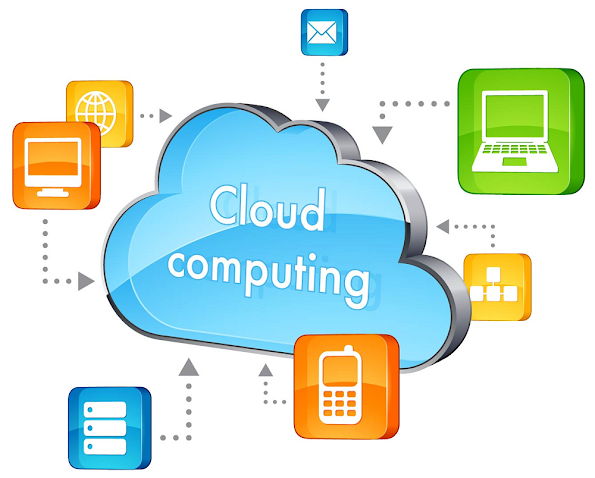Step by Step Guide on How to Migrate to the Cloud
Cloud backup is more important than ever for businesses. The Cloud has become the default option for many business applications and data storage needs. If you’re not already using the Cloud, it’s time to consider migrating your data and applications. Here’s a step-by-step guide on how to do just that:
- First, identify which Data and Applications you want to migrate.
As you begin planning your data migration, taking stock of what data and applications you need to move are important. This will help you determine the best approach for your migration and identify any potential challenges.
First, list all the data and applications that need to be migrated. Then, prioritize this list according to importance and urgency. For example, you may need to migrate critical data and applications first, followed by less important data and applications.
Once you have a prioritized list, you can evaluate different migration approaches. There are many factors to consider when choosing a migration approach, including the type of data being migrated, the complexity of the migration, and the available resources.
Keep in mind that data migration can be a complex and time-consuming process. Therefore, planning carefully and working with a reputable data migration company is important to ensure a successful migration.
- Research Cloud Backup Solutions that fit your needs.
Regarding backing up your data, there is no one-size-fits-all solution. Instead, the type of backup system you choose will depend on several factors, including the amount of data you need to store, the frequency with which you need to access it, and your budget.
Many cloud backup solutions are available, and each has advantages and disadvantages. To find the right solution for your needs, it’s important to research and compare a few different options.
One popular cloud backup solution is Dropbox. Dropbox offers 2 GB of storage for free, and users can earn additional storage by referring friends or completing other tasks. In addition, Dropbox makes it easy to share files with others and can be accessed from any computer or mobile device.
Another option is Google Drive. Google Drive offers 15 GB of storage for free, and users can purchase additional storage if needed. In addition, Google Drive integrates with a number of other Google products, making it a convenient solution for those who use multiple Google services.
Finally, Microsoft OneDrive is another option to consider. OneDrive offers 5 GB of storage for free, and users can earn additional storage by referring friends or completing other tasks. In addition, OneDrive integrates with a number of Microsoft products, making it a convenient solution for those using multiple Microsoft services.
If you are looking for a higher configuration, you may consider
Veeam Cloud Connect Backup to Azure
Veeam Backup for Microsoft Office 365
StoneFly CDR365 – Online Backup Solution
When choosing a cloud backup solution, it’s important to consider your needs and compare a few different options before making a decision. By doing your research, you can find the right solution for your needs and ensure that your data is safe and accessible.
- Set up your account with a cloud backup provider.
Now that you’ve chosen a cloud backup provider, it’s time to set up your account. This process is usually pretty straightforward, but if you encounter any problems, contact your provider’s customer support team for help.
To get started, create an account with your chosen provider and follow their instructions. Once you’re all set up, you can begin backing up your data to the cloud. And that’s it! With a cloud backup, you can rest assured knowing that your data is safe and secure.
- Configure your backups according to your requirements.
When backing up your data, you need to ensure that you configure your backups according to your specific requirements. This means taking into account factors such as the frequency of backups, the type of data being backed up, and the location of the backup destination.
There is no one-size-fits-all solution to configuring your backups, so it’s important to take the time to assess your needs and find a solution that works for you.
Generally, it’s a good idea to have at least two backups: one local backup and one off-site backup. Local backups are typically faster and easier to restore, but they can be lost or damaged in the event of a physical disaster. Off-site backups are more resistant to physical damage but can take longer to restore.
The frequency of your backups will depend on how often your data changes. If you have data that changes frequently, you’ll need to back it up more often. Conversely, if you have data that doesn’t change very often, you can get away with backing it up less often.
Finally, when choosing the best Cloud Backup Solution, you’ll need to consider cost, convenience, and security factors. For example, an external hard drive may be less expensive than a cloud-based backup service, but it’s not as convenient or secure. Ultimately, the best backup solution is the one that meets your needs in terms of cost, convenience, and security.
Source Link: https://understandingecommerce.com/step-by-step-guide-on-how-to-migrate-to-the-cloud/

.jpg)
.jpg)

Comments
Post a Comment